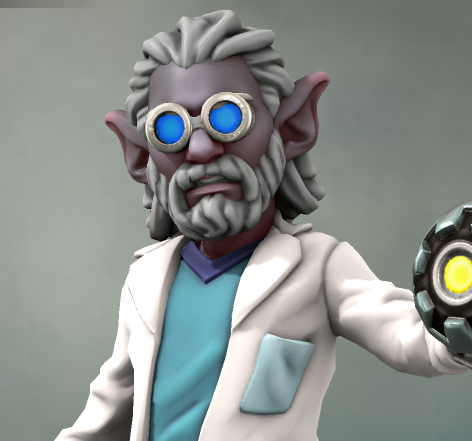The Delvi Star System
The Delvi System consists of one star (Fevaultar), four rocky inner planets (Tula, Collena, Sephar, Senon), and five gaseous outer planets. Rather typical of any star system of this type. The system is unique for having 3 planets that are within the habitable zone, that can also fully support life, and for having a double planet with stable orbits. All three planets have developed life independently of each other. There is a fourth world, a moon of Baultar, that has developed a fourth form of life independently. Only Collena developed Sentient life. The
Regalti Species lives here, and they have created an interplanetary civilization with over a hundred billion people. They live almost entirely in space, and have mostly abandoned their original homeworld of Collena.
Author's Note
☉ is a symbol indicating the measurement is in reference to the Sun. 1M☉ for example means 1 solar Mass, meaning it is equal to the mass of the Sun. In this respect, I have several other symbols to indicate other measurements. E Indicates the measurement is in reference to the Earth. C indicates the measurement is in reference to the planent Collena. J indicates the measurement is in reference to Jupiter. This is to make the numbers easier to understand instead of using very large numbers or an excessive number of exponents.
Location
In the Cairn Sector , 400 light-years from the center.
Population
115 Billion Regalti
1.2 Billion Vusinor
354 million Maorians
1 Billion from other sentient species
In the Cairn Sector , 400 light-years from the center.
Population


















This is some impressive work! I really appreciate how organized the article is.
Thanks. I'm glad you liked it!